Nikitin vs Kalashnikov Round II, The TKB-015

Shortly after the adoption of the PK machine gun in 1961 and its subsequent production the following year, Grigory Ivanovich Nikitin and Mikhail Timofeyevich Kalashnikov found themselves in competition once again. This happened after the original Soviet general-purpose machine gun contest, the Nikitin TKB-521, lost out to the Kalashnikov PK. Shortly thereafter, the Soviets acquired the U.S. M60 machine gun and an M122 tripod.
In the early 1960s, the M60 was evaluated at NII-61, now known as TsNIITochMash, the Central Scientific Research Institute for Precision Machine Engineering. The captured M60 and M122 tripod likely came from a battlefield transfer involving U.S. advisers in Vietnam between 1957 and 1962, as the weapon was adopted on January 30, 1957.
One of the TKB-015 versions, there appear to be at least three versions. Photo source: kalashnikov.ru
Initial studies identified several interesting features worth testing and incorporating into the design of the Kalashnikov PK from a buffer system and flash hider. However, this modification significantly increased the weapon's weight to over 19.8 lbs (9 kg). Consequently, there was a growing demand for a lighter weapon.
In 1963, the Soviet Union initiated a new competition for a lightweight, general-purpose machine gun. From 1962 to 1967, G.I. Nikitin and his design team at TsKIB SOO developed a 7.62x54 mm light general-purpose machine gun, the TKB-015. In 1964, NII-61 conducted tests of 7.62x54 mm light general-purpose machine guns TKB-015, 6P6L1, AO-29, and AO-22M. The tests showed TKB-015 and Kalashnikov 6P6L1 to be the most effective. Notably, Nikitin's design was very lightweight, weighing just over 13.22 lbs (6 kg). Its initial experimental version featured a polymer rear section inspired by the M60 and a non-quick-change barrel. Eliminating a non-quick-change barrel reduces weight and typically improves dispersion.
In 1965, field testing of machine guns was conducted. The Kalashnikov 6P6M light general machine gun was developed based on the standard PK machine gun. The design focused on reducing weight and simplifying production processes. To achieve these goals, every machine gun component was redesigned using thinner materials and modified machining operations to remove more material than the PK.
The Nikitin light general-purpose machine gun is a gas-operated, air-cooled, belt-fed weapon with a wedge locking system. The barrel is non-removable and secured by four bolts. The machine gun utilizes a two-stage feed system. When the carrier moves rearward, the extractor removes a cartridge from the belt, and the receiver cover lever pushes it into the feed position. At the same time, the bolt ejector moves a spent cartridge down to the discharge port. As the bolt carrier and the bolt move forward, the next cartridge is fed into the chamber while the spent cartridge is ejected through the discharge port under the barrel.
This forward ejection design may have been developed in response to the perceived shortcomings of the PK ejection pattern, which some users consider a drawback. This forward ejection approach has also been seen in other Soviet experimental machine guns.
In 1967, modified guns were completed for testing. The Nikitin machine guns now featured a quick-change barrel and adjustable gas block, replacing the polymer stock with laminated wood stock. A side optics mount was added, and the machine guns were equipped with hanging canvas ammunition boxes that held 100 rounds, along with two versions of experimental lightweight belts. At this time, new lightweight steel and non-disintegrating links made of aluminum and polymer were being tested for the competition.
Soviet studies have found that a bipod mounted near the muzzle improves the accuracy of the machine gun; the U.S. M60 may have influenced this finding. It was found that the TKB-015 and 6P6M machine guns, with a bipod attached close to the muzzle, showed significant improvement. The testing of the M60 showed that attaching the bipod to the barrel increased the weight and burden on the soldiers. Although bipod mounting on the barrel would retract with the smoothbore Kalashnikov machine gun PKG and later the PKP.
The Kalashnikov 6P6M won the competition, and the Nikitin gun suffered from the ingress of debris in dusty environments and was affected by extreme sub-zero temperatures; this may have been why an adjustable gas system was added to the later version. As in colder temperatures, the gun requires more gas because the air becomes denser at lower temperatures, resulting in a drop in gas pressure at lower ambient temperatures. These drawbacks lead to the Nikitin and the TKB-015 again falling short of Kalashnikov and the PK. The Kalashnikov machine gun was adopted as the light machine gun 6P6M PKM on May 27, 1969.
The TKB-015 displayed a strong interest in exploring advanced polymers for weapon development, indicating a commitment to innovation. Additionally, the U.S. M16 and M60 designs may have influenced the Soviet Union's efforts to integrate more polymers into their firearm projects. While the reduced weight of the TKB-015 is an attractive feature, it did not show significant improvement overall. However, the historical reliability of the Kalashnikov PKM remains well-regarded worldwide.
Unfortunately, the U.S. M122 tripod, which features a traverse and elevation mechanism, was not utilized in the development of Soviet tripods. This represents a missed opportunity to create an improved tripod for machine guns. While the Soviet Union acknowledged the importance of a tripod since World War II, it has yet to be appropriately integrated into their military doctrine, even today. Lastly, the TKB-015 is one of the many weapons I would like to investigate further one day if we can get back to Tula.

Lynndon Schooler is an open-source weapons intelligence professional with a background as an infantryman in the US Army. His experience includes working as a gunsmith and production manager in firearm manufacturing, as well as serving as an armorer, consultant, and instructor in nonstandard weapons. His articles have been published in Small Arms Review and the Small Arms Defence Journal. https://www.instagram.com/lynndons
More by Lynndon Schooler
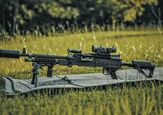
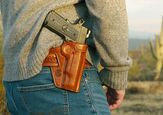
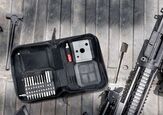






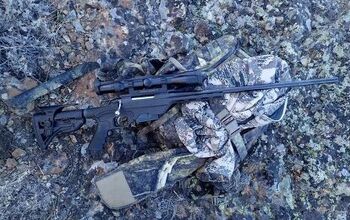

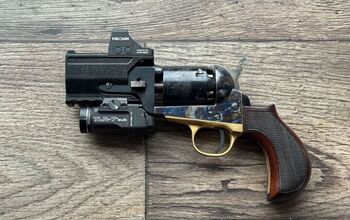
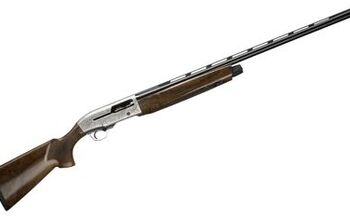
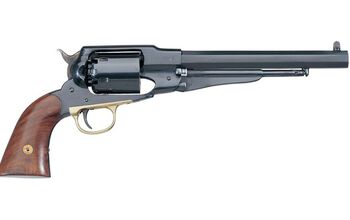


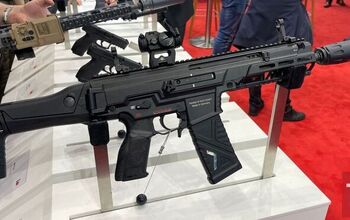

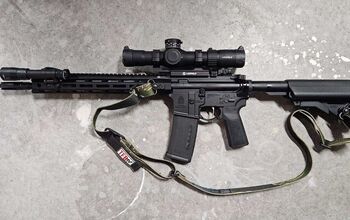

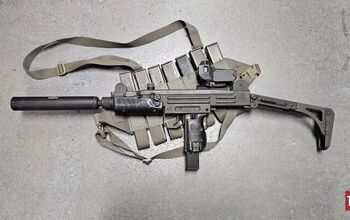


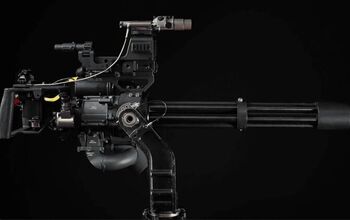
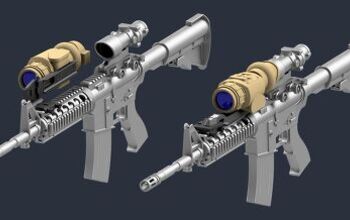


Comments
Join the conversation